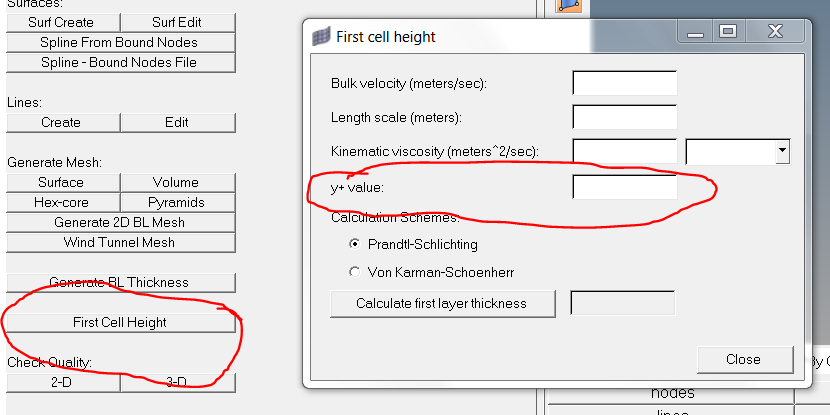Hello expert,
I am new to CFD and i have some questions about turbulence model and Y+ value.
- There is a lot of turbulence model provided in AcuSolve: Spallart Allmaras, K-epsilon, K-omega,...
- So which model should be used for some specified case?
- The value Y+ is used to determined the 'first cell height' while meshing.
- what is the value of Y+ should i used to calculate 'first cell height'?
- Does it depend on type of flow (internal/ external) or chosen turbulence model?
the following picture was taken in HyperMesh > Utility browser.

Thank in advance!
Best regard!